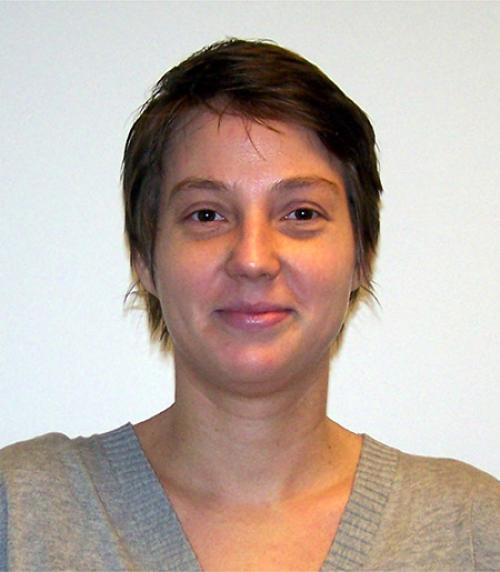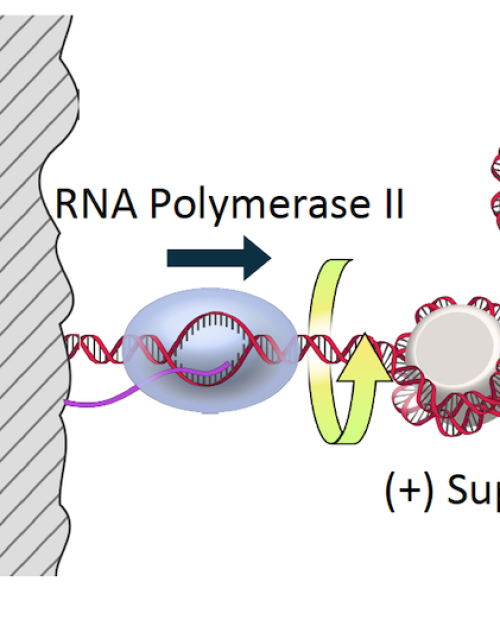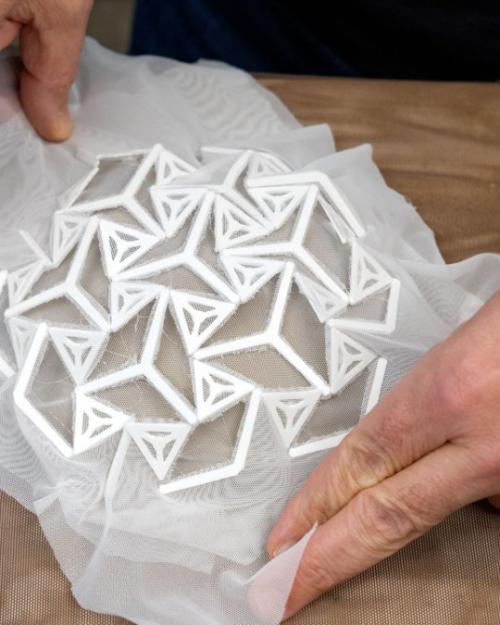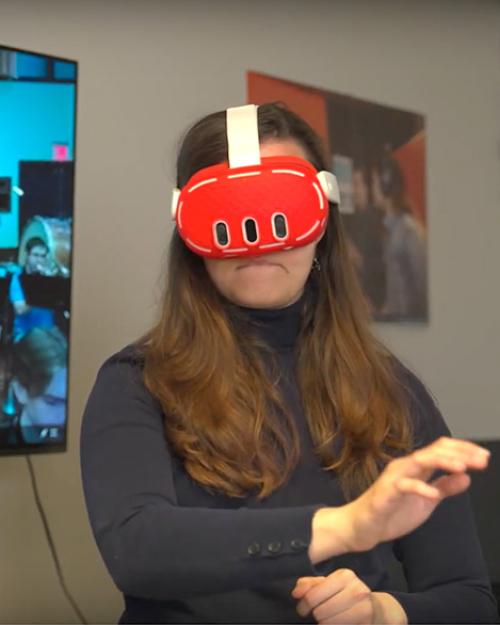A primary aspect of a conductor's job is to unite the musicians in time, and they do that largely through nonverbal communication – through gestures, through even just a pointed look, says James Spinazzola, the Barbara & Richard T. Silver ’50, MD ’53 Associate Professor of music and director of winds in the Department of Music.
“A conductor can and should be able to communicate their intentions to the musicians without having to speak,” Spinazzola says. “But in order to do that, conductors need to develop a vocabulary of gestures. In a virtual reality setting, we can enable them to engage with gestures in a much more low stakes environment and literally augment their approach to this challenging problem by uniting it with real world scenarios.”




